springboot入门(项目搭建及基本配置)
Posted *King*
tags:
篇首语:本文由小常识网(cha138.com)小编为大家整理,主要介绍了springboot入门(项目搭建及基本配置)相关的知识,希望对你有一定的参考价值。
代码路径:
https://mp.csdn.net/mp_download/manage/download/UpDetailed
一、创建项目
1、先创建一个maven项目



删除不用的文件

2、再创建一个springboot项目

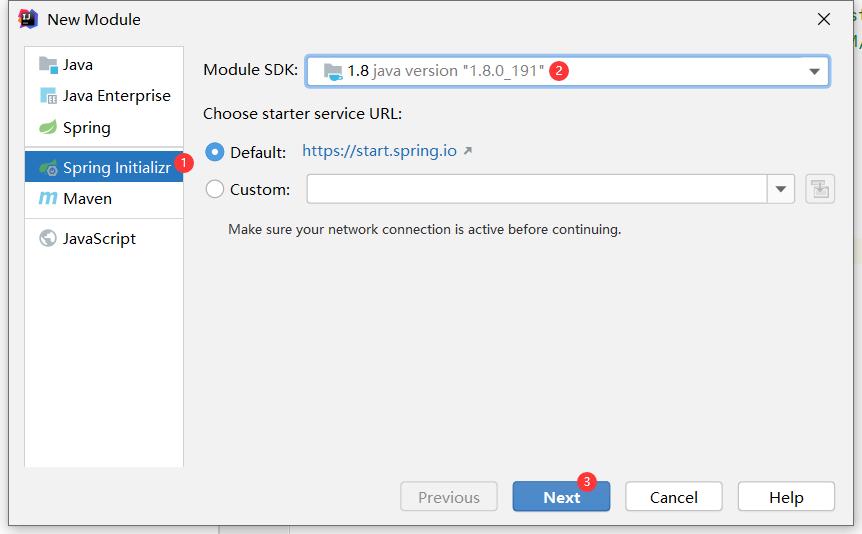
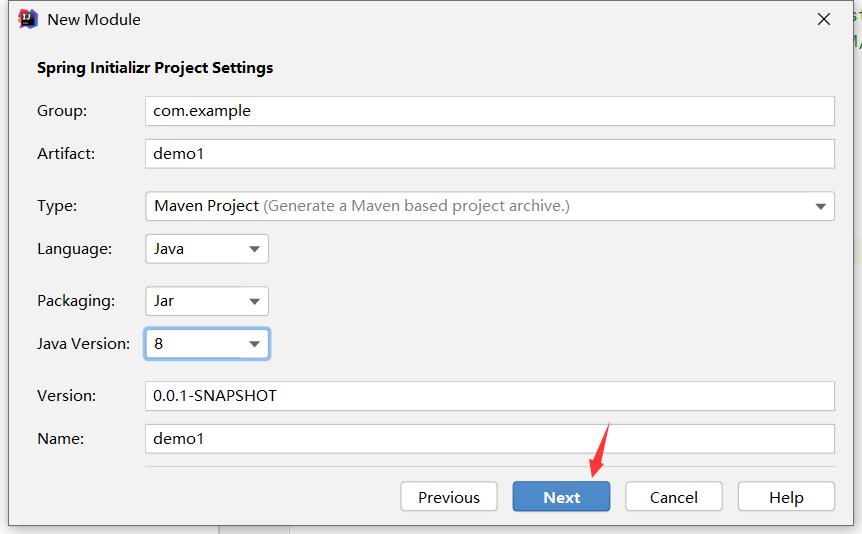

二、SpringBoot–配置属性
1、SpringBoot的配置
SpringBoot使用一个固定文件名做为全局的配置文件,用来修改SpringBoot自动配置的默认值
application.properties
application.yml
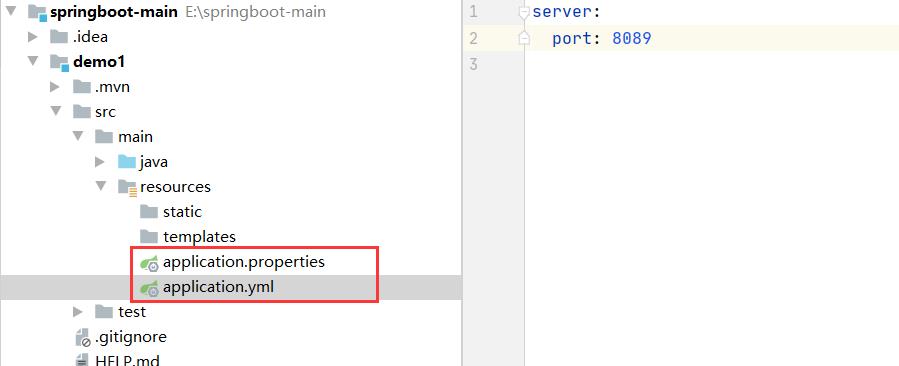
2、YAML语法
基本语法:k:(空格)v:表示一对键值对,值可以是数字,字符串,布尔,对象,Map等
字面量,键值对写法:
双引号:\\表示转义字符
name: "111\\n222"
相当于
name: 111换行222
单引号: \\表示一般字符
name: '111\\n222'
相当于
name: 111\\n222
对象、Map,键值对写法:
dog:
name: 小黑
age: 2
数组(List、Set),键值对写法:
lists:
- user1
- user2
- user3
3、实战代码:
/**
* 将配置文件中配置的每一个属性的值映射到这个组件中
* @ConfigurationProperties:告诉SpringBoot将本类中的所有属性和配置文件中相关的配置进行绑定,默认从全局配置文件中获取值。
* prefix = "person":读取配置application.yml中,前缀为person的对象的值。
* @Component:把普通pojo实例化到spring容器中
* 要使用@ConfigurationProperties功能,需要将类实例化到容器里面。
* @author wanglu
* @since 1.0, 2021/8/28 14:53
*/
@Data
@Component
@ConfigurationProperties(prefix = "person")
public class Person {
private String lastName;
private Integer age;
private Boolean boss;
private Date birth;
private Map<String,Object> maps;
private List<Object> lists;
private Dog dog;
}
/**
* Dog类
* @author <a href="mailto:wanglu@smartdot.com.cn">wanglu</a>
* @since 1.0, 2021/8/28 15:09
*/
@Data
public class Dog {
private String name;
private Integer age;
}
application.yml
person:
lastName: 张三
age: 18
boss: false
birth: 2019/02/05
dog:
name: 小黑
age: 2
lists:
- user1
- user2
- user3
maps: {k1: v1,k2: v2}
测试类:
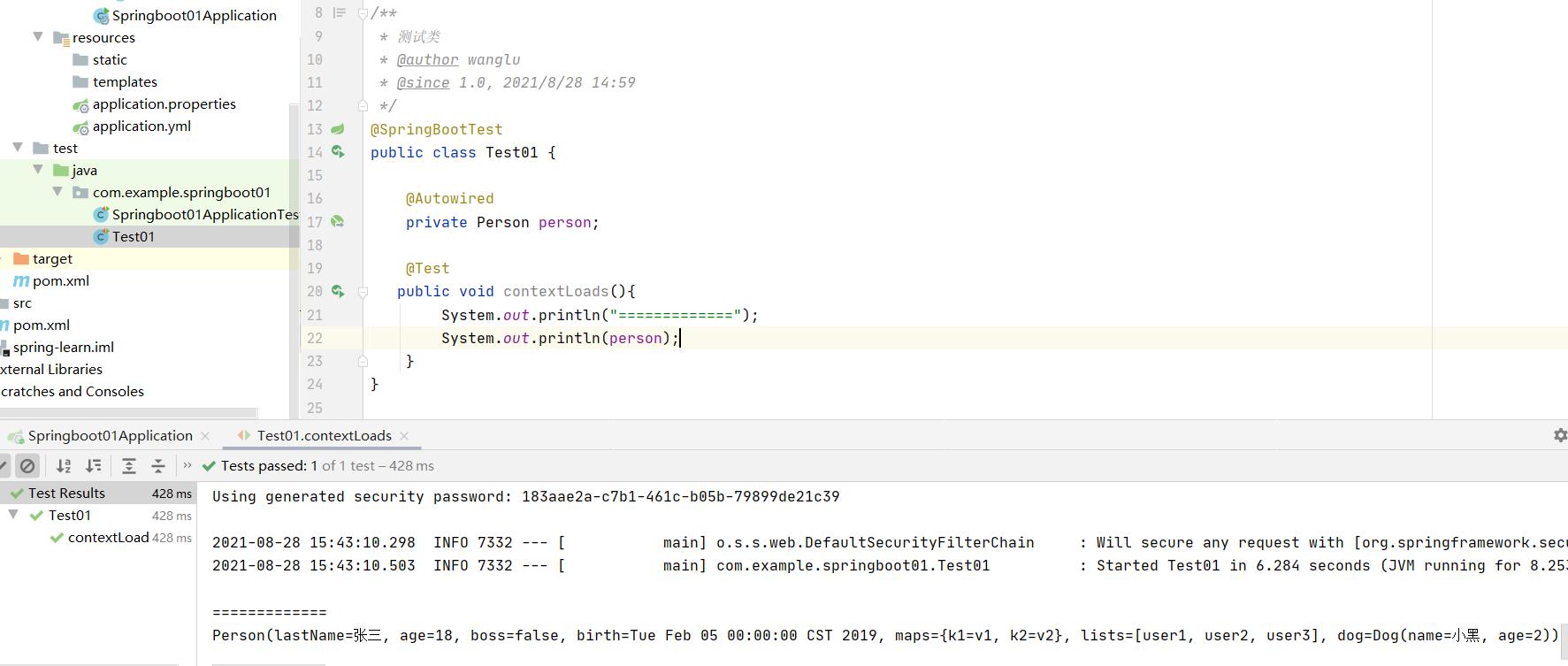
运行结果:
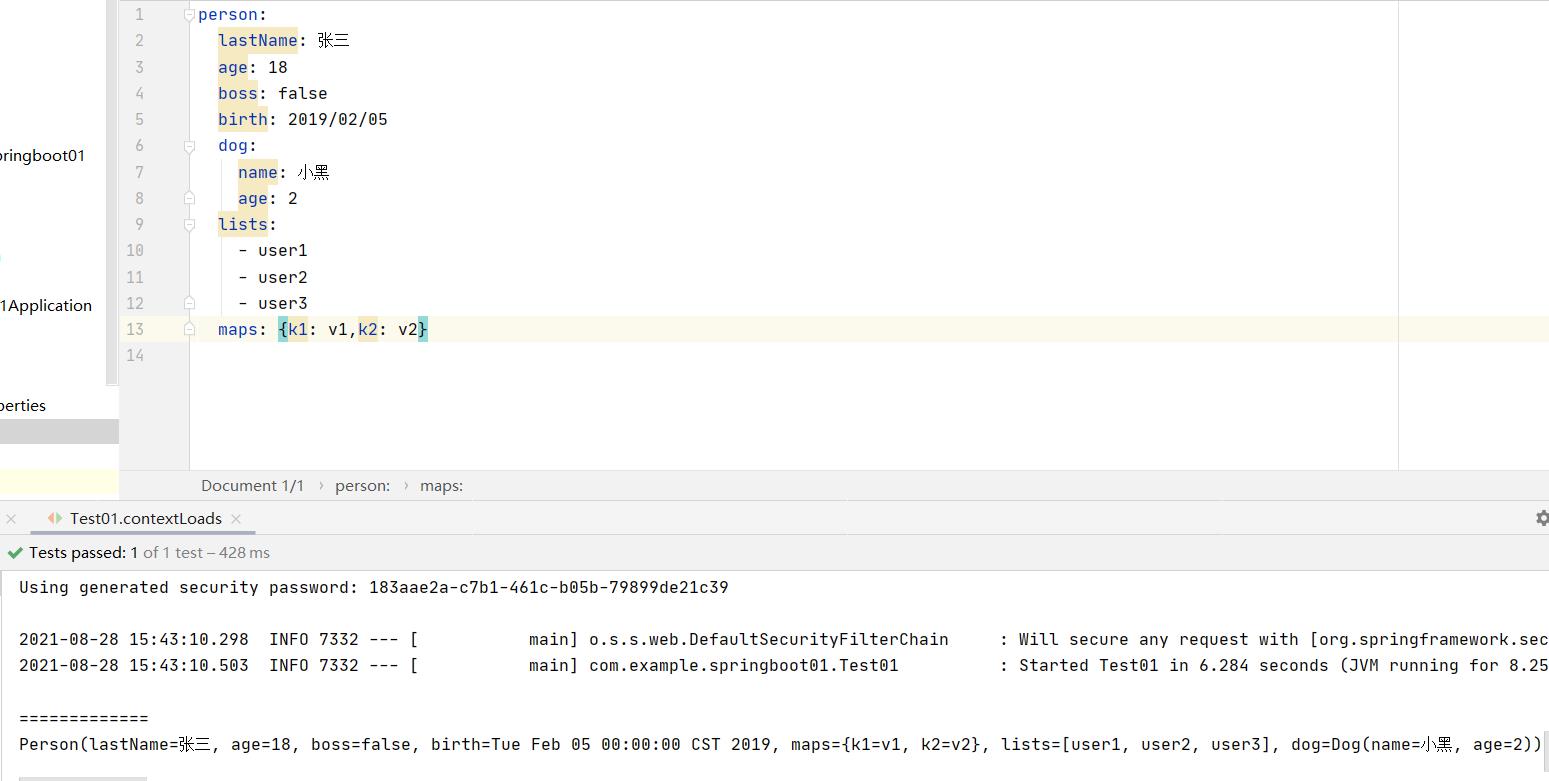
如果出现以下提示,则需要导入配置文件处理器依赖,使配置文件和代码进行绑定

[外链图片转存失败,源站可能有防盗链机制,建议将图片保存下来直接上传(img-JWTWZmE8-1630142803568)(springboot入门(项目搭建及基本配置).assets/image-20210828155202327.png)]
<!-- 导入配置文件处理器,配置文件进行绑定时会有提示-->
<dependency>
<groupId>org.springframework.boot</groupId>
<artifactId>spring-boot-configuration-processor</artifactId>
<optional>true</optional>
</dependency>
导入jar包后,重启一下,就可以看到写配置文件的时候会有自动提示了

4、@Value的使用
给字段设置值
@Value与@ConfigurationProperties比较

写法:
value=“字面量”
value="${key}" //从环境变量、配置文件中获取值
value="#{SpEL}" //从表达式设置值
实践1:
@Data
@Component
public class Person2 {
//字面量
@Value("张三")
private String lastName;
//#{SpEL}
@Value("#{2+2}")
private Integer age;
//从配置文件中读取
@Value("${person.boss}")
private Boolean boss;
}

结果:

实践2:

代码:
import lombok.Data;
import org.springframework.beans.factory.annotation.Value;
import org.springframework.stereotype.Component;
@Data
@Component
public class Person3 {
@Value("张小")
private String lastName;
}
import org.springframework.beans.factory.annotation.Value;
import org.springframework.context.annotation.AnnotationConfigApplicationContext;
import org.springframework.context.annotation.ComponentScan;
import org.springframework.context.annotation.Configuration;
import org.springframework.context.annotation.PropertySource;
import org.springframework.core.io.Resource;
@Configuration
@ComponentScan("com.example.springboot01.business.demo3")
// 注入配置文件
@PropertySource("classpath:demo3/test.properties")
public class ElConfig {
//常量
@Value("111")
private String normal;
//注入操作系统属性
@Value("#{systemProperties['os.name']}")
private String osName;
//注入表达式结果
@Value("#{T(java.lang.Math).random()*100.00}")
private Double randomNum;
//注入其他bean属性
@Value("#{person3.lastName}")
private String lastName;
//注入文件资源
@Value("classpath:demo3/1.txt")
private Resource testFile;
//注入网站资源
@Value("http://www.baidu.com")
private Resource testUrl;
//注入配置文件
@Value("${book.name}")
private String bookName;
@Override
public String toString() {
return "ElConfig{" +
"normal='" + normal + '\\'' +
", osName='" + osName + '\\'' +
", randomNum=" + randomNum +
", lastName='" + lastName + '\\'' +
", testFile=" + testFile +
", testUrl=" + testUrl +
", bookName='" + bookName + '\\'' +
'}';
}
public static void main(String[] args) {
AnnotationConfigApplicationContext context = new AnnotationConfigApplicationContext(ElConfig.class);
ElConfig elConfig = context.getBean(ElConfig.class);
System.out.println("-----");
System.out.println(elConfig);
context.close();
}
}
1.txt
2222
test.properties
book.name=这是书名
结果:

5、@PropertySource:加载指定的配置文件,在配置类上设置
代码:

Person4
import lombok.Data;
import org.springframework.boot.context.properties.ConfigurationProperties;
import org.springframework.context.annotation.PropertySource;
import org.springframework.stereotype.Component;
@Data
@Component
@PropertySource("classpath:demo4/test4.properties")
@ConfigurationProperties(prefix = "person4")
public class Person4 {
private String lastName;
private Integer age;
private Boolean boss;
}
test4.properties
person4.lastName=小小明
person4.age=15
person4.boss=true
结果:

6、@ImportResource:导入Spring的配置文件,让配置文件里面的内容生效;
代码:

在有@Component注解的地方加上@ImportResource导入Spring配置文件,这里直接在主程序上加上

import lombok.Data;
@Data
public class Dog5 {
private String name;
private Integer age;
}
bean.xml
<?xml version="1.0" encoding="UTF-8"?>
<beans xmlns="http://www.springframework.org/schema/beans"
xmlns:xsi="http://www.w3.org/2001/XMLSchema-instance"
xsi:schemaLocation="http://www.springframework.org/schema/beans http://www.springframework.org/schema/beans/spring-beans.xsd">
<bean id="dog5" class="com.example.springboot01.business.demo5.Dog5">
<property name="name" value="小小狗"></property>
<property name="age" value="12"></property>
</bean>
</beans>
结果:
Schema-instance"
xsi:schemaLocation=“http://www.springframework.org/schema/beans http://www.springframework.org/schema/beans/spring-beans.xsd”>
<bean id="dog5" class="com.example.springboot01.business.demo5.Dog5">
<property name="name" value="小小狗"></property>
<property name="age" value="12"></property>
</bean>
结果:

以上是关于springboot入门(项目搭建及基本配置)的主要内容,如果未能解决你的问题,请参考以下文章
创建Spring boot入门项目 在项目中,如何用浏览器所写代码
SpringBoot入门基础:构建SpringBoot项目及启动器讲解
SpringBoot.01.SpringBoot概述及基本环境搭建
SpringBoot.01.SpringBoot概述及基本环境搭建